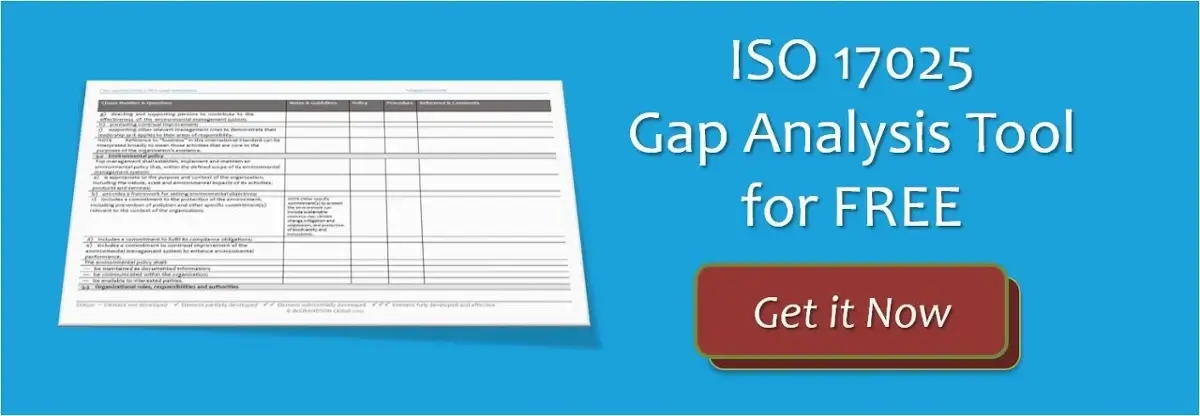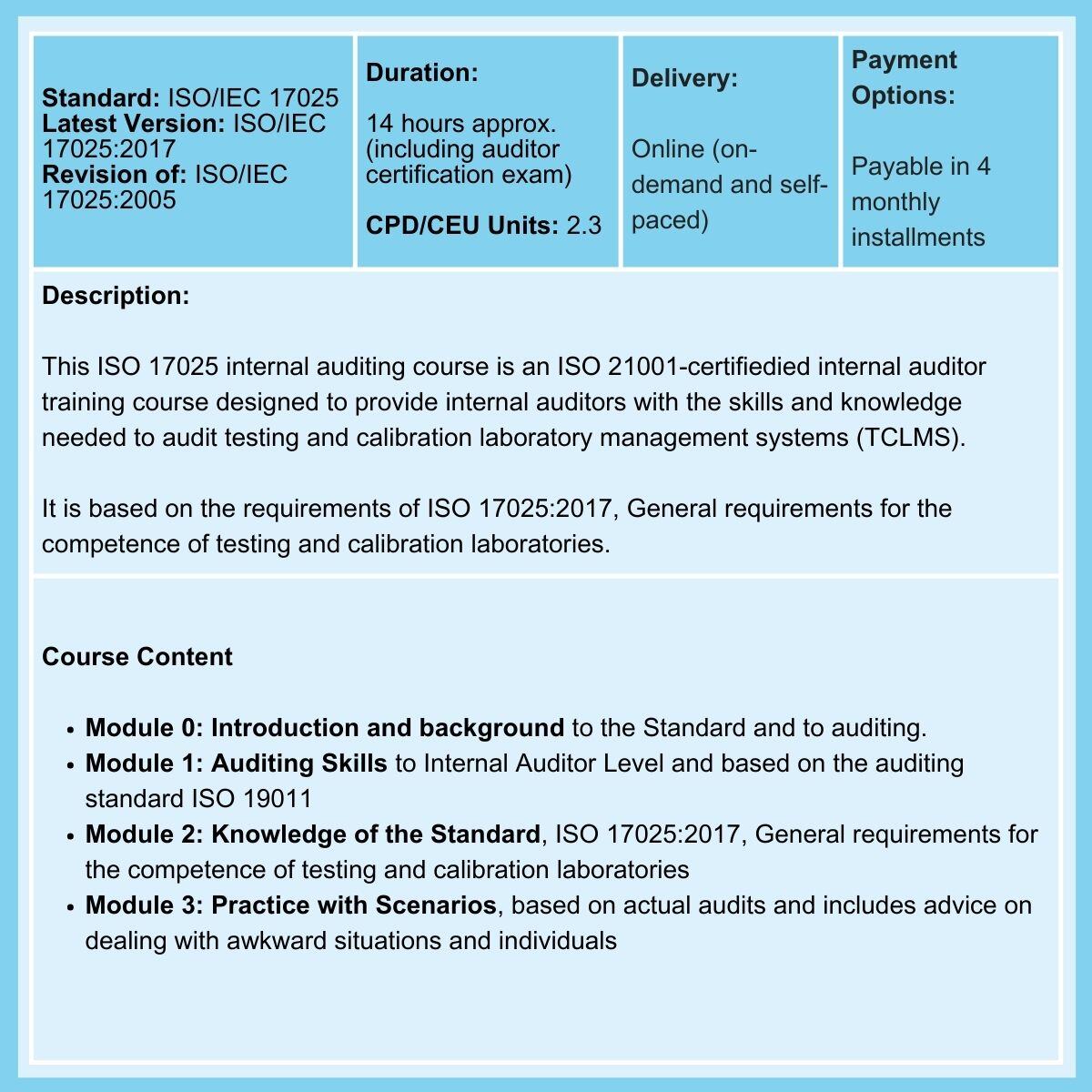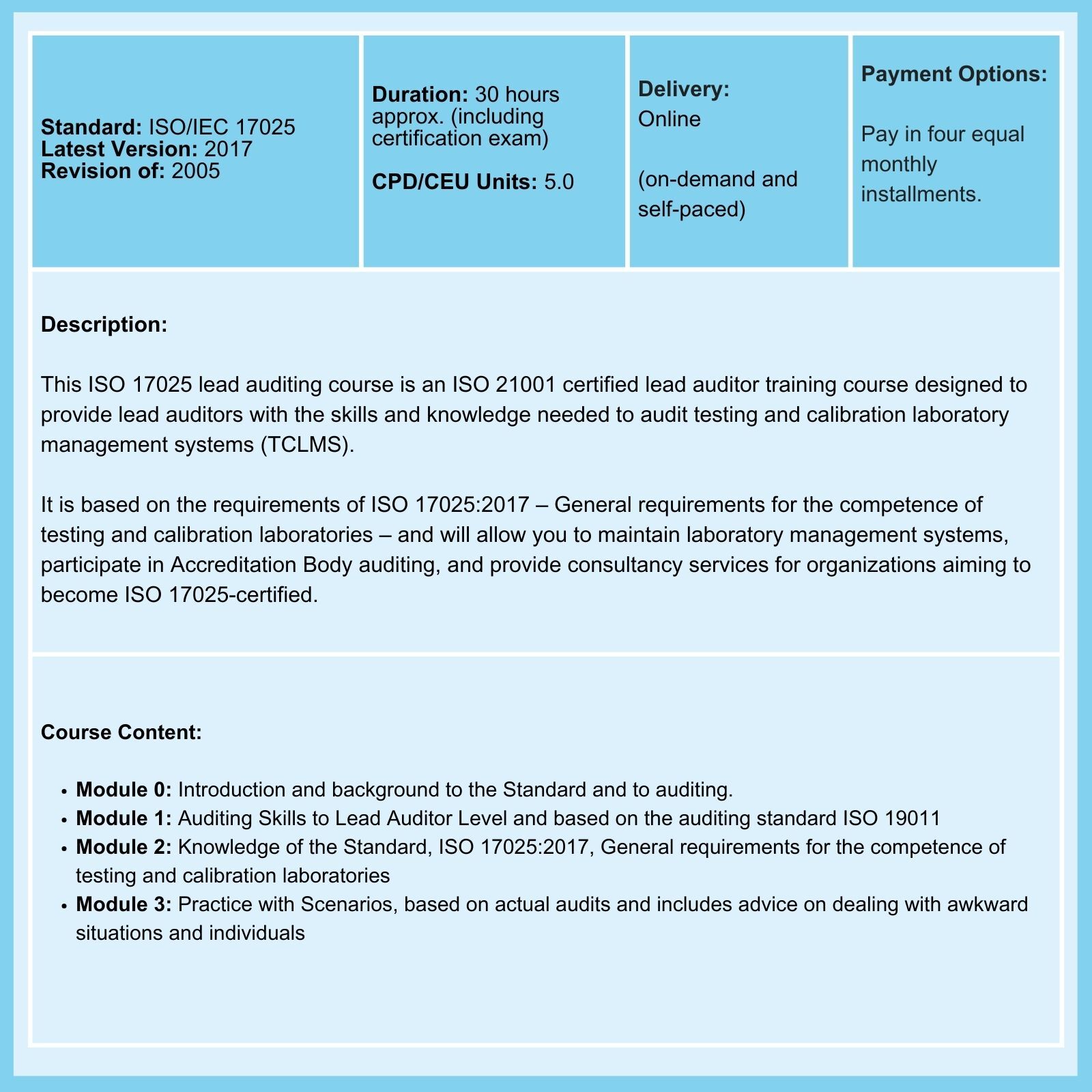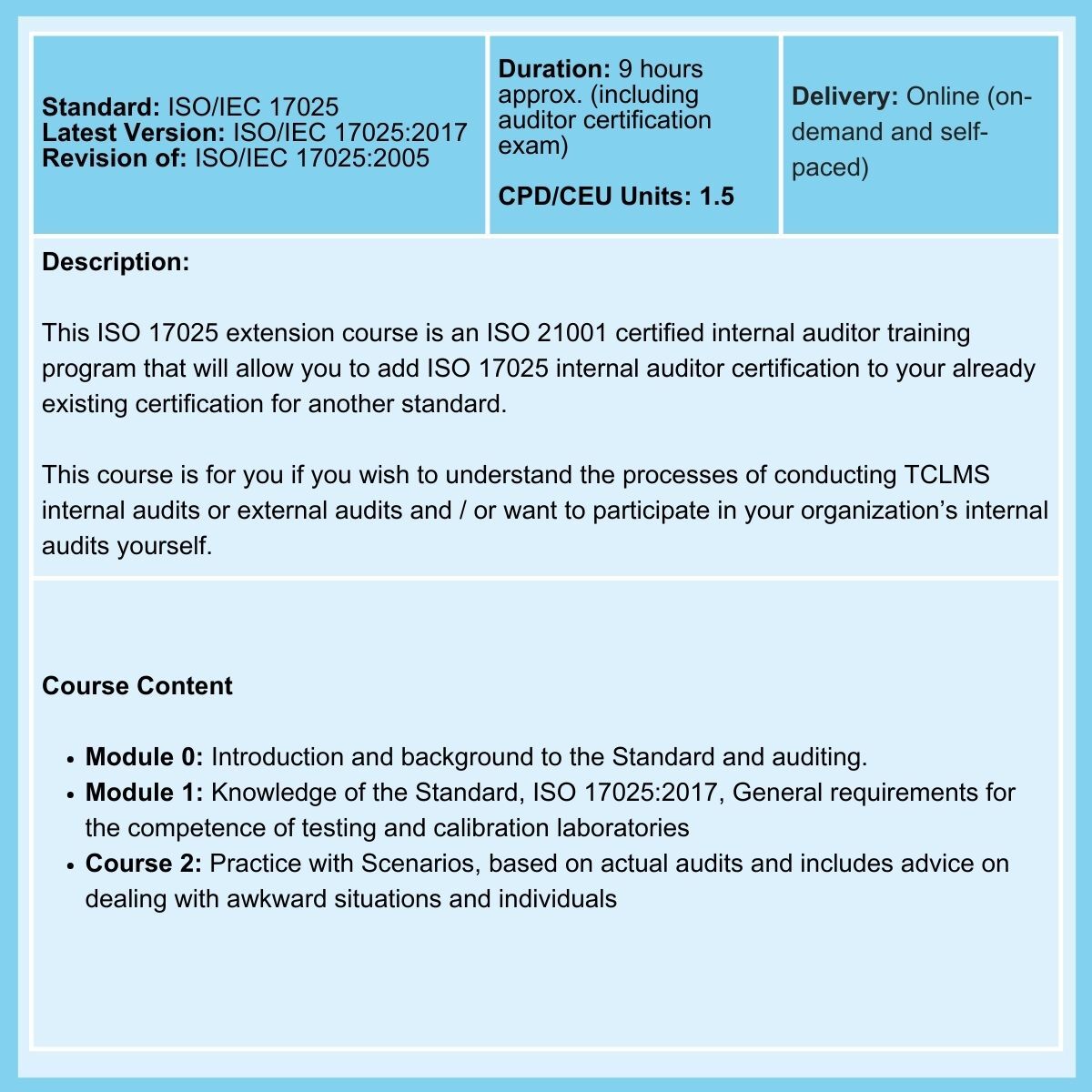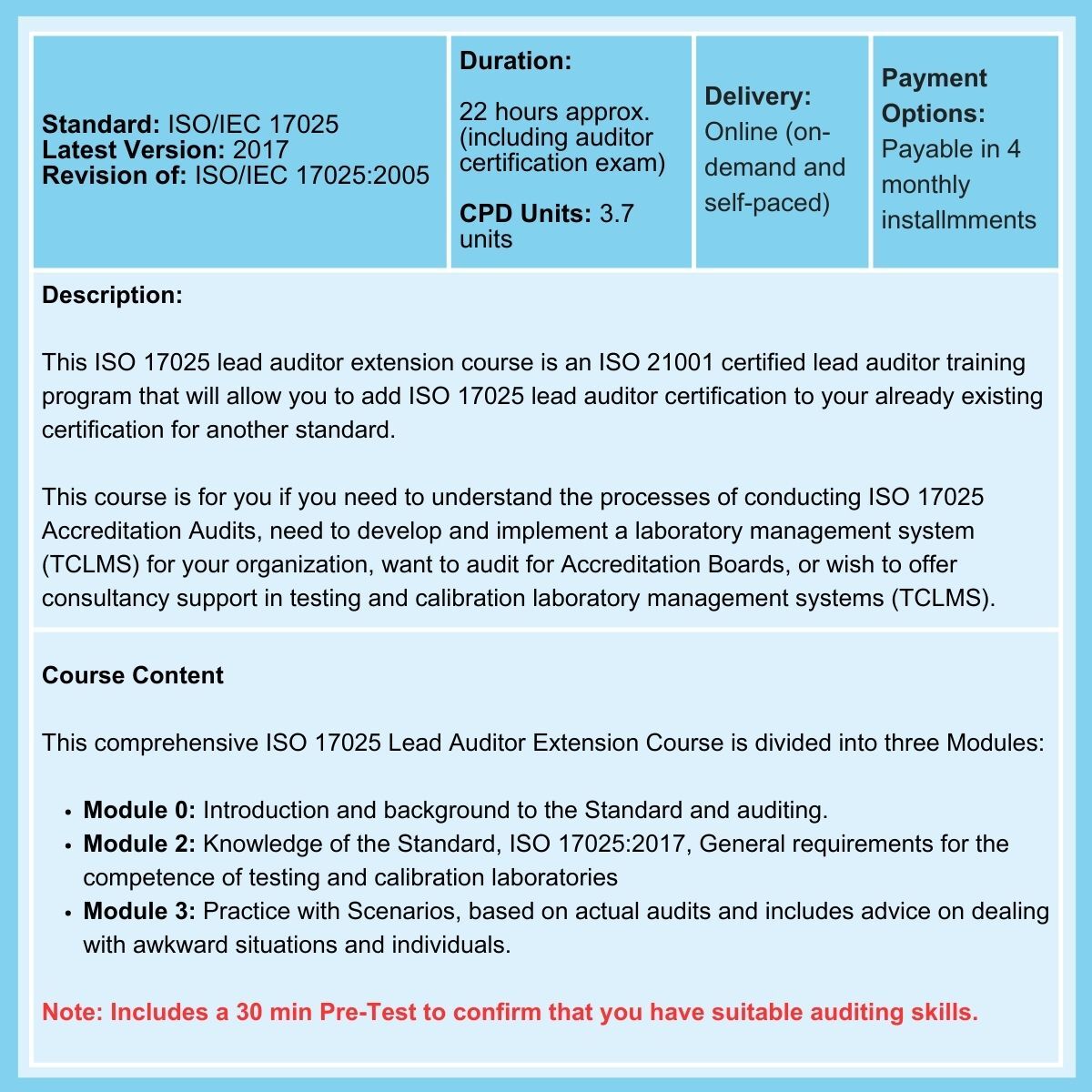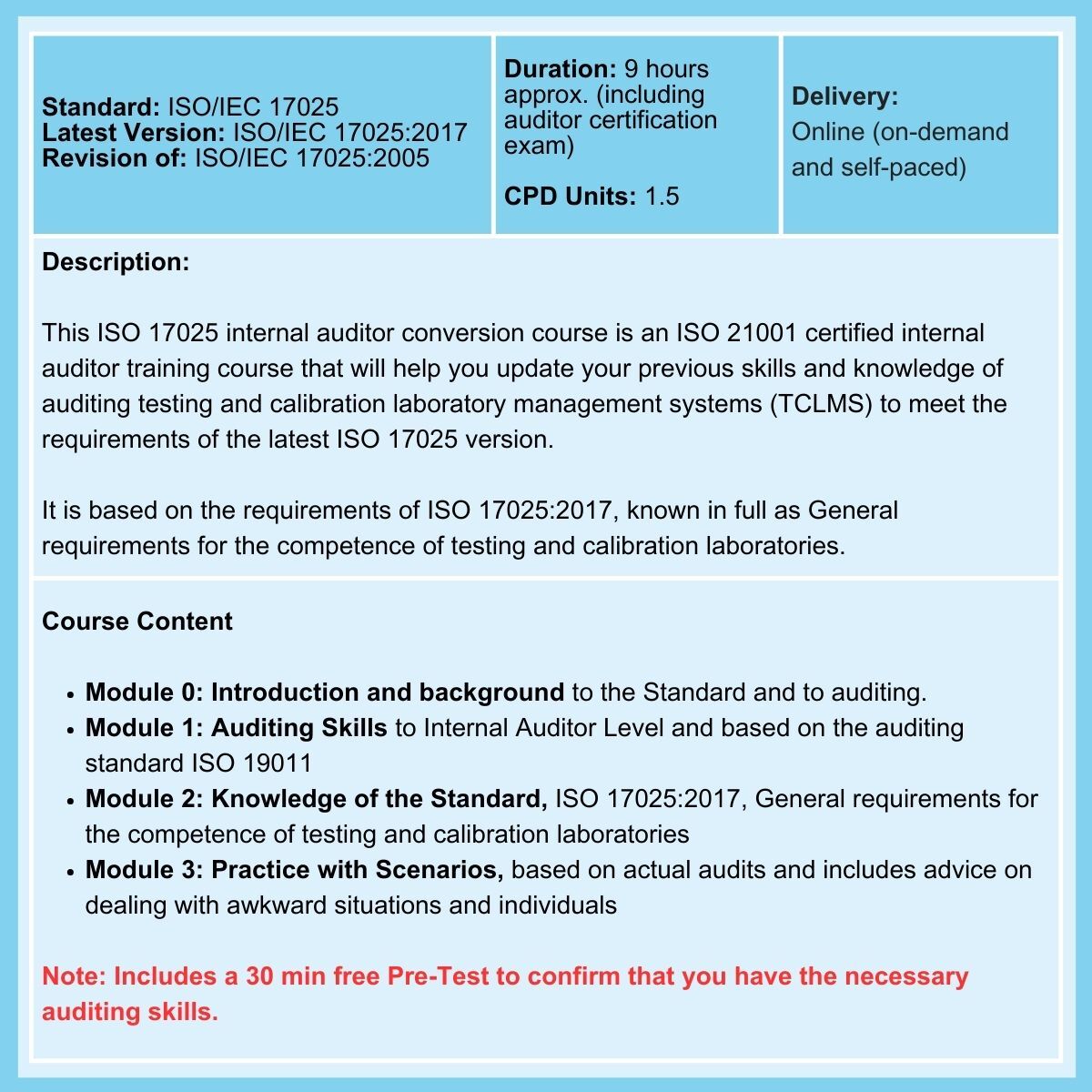
ISO 17025 documentation refers to the set of documents and records required to establish and maintain compliance with ISO/IEC 17025:2017, the international standard for testing and calibration laboratories.
This documentation covers all aspects of laboratory operations, such as equipment calibration, sample handling, testing methods, data analysis, and reporting, with the aim of ensuring the accuracy, reliability, and traceability of test results.
Table of Contents (click to expand)
- What ISO 17025 Says About Documentation
- Essential Documents for Your ISO 17025 Documentation
- ISO 17025 Documentation Samples
- Best Practices When Building an ISO 17025 Documentation
- Understand ISO 17025 Requirements
- Tailor Documentation to Your Laboratory
- Involve Stakeholders
- Ensure Clarity and Consistency
- Provide Detailed Procedures
- Include Supporting Documents and Templates
- Ensure Traceability and Version Control
- Train Personnel
- Regularly Review and Update Documentation
- Seek Feedback and Continuous Improvement
What ISO 17025 Says About Documentation
The requirements regarding documentation in ISO/IEC 17025:2017 are spread throughout the standard, particularly in clauses related to management system requirements, control of documents, and control of records.
Here are some examples of what ISO 17025 clauses say about documentation:
- ISO 17025 Clause 4.4 - Management System: This clause specifies the general requirements for the laboratory's quality management system, covering its development, deployment, upkeep, and continuous enhancement. While not explicitly mentioning documentation, the establishment of a management system inherently involves the creation and maintenance of documented procedures, instructions, and records to define and support the system.
- ISO 17025 Clause 7.5 - Technical Records: This clause specifically addresses the requirements for documented information within the laboratory's management system. It outlines requirements such as creating, updating, controlling, and retaining documented information necessary for the effectiveness of the QMS. This includes documents and records related to calibration, testing, equipment maintenance, personnel qualifications, and more.
- ISO 17025 Clause 7.5.3 - Control of Documented Information: This sub-clause details requirements for controlling documented information to ensure its availability, legibility, and traceability. It includes requirements for approving documents prior to use, ensuring that changes are identified and documented, and controlling access to documents to ensure only the latest versions are referenced.
- ISO 17025 Clause 7.5.4 - Control of Records: This sub-clause specifies requirements for controlling records to ensure their integrity, confidentiality, and availability. It includes requirements for identifying, collecting, indexing, storing, and disposing of records, as well as for protecting records from damage, loss, or unauthorized access.
Essential Documents for Your ISO 17025 Documentation
Documents required by ISO/IEC 17025 form the foundation of a laboratory's quality management system, ensuring adherence to standards and the accuracy of testing and calibration procedures. These documents provide clear guidance for laboratory personnel, facilitate traceability of measurements, and enhance transparency and accountability in laboratory operations.
In the following section, we will explore some examples of these essential documents and their role in maintaining quality and reliability in testing and calibration services.
- Policy Documents: These outline the laboratory's commitment to quality and adherence to ISO 17025 standards. They typically cover quality objectives, management responsibilities, and the scope of the laboratory's activities.
- Procedures Manual: This includes detailed procedures for all laboratory processes, from sample handling to equipment calibration, to ensure consistency and traceability in testing and calibration activities.
- Test Methods/Work Instructions: These documents provide detailed instructions on how to do specific tasks or processes within the laboratory. They help ensure uniformity in operations and facilitate training of laboratory personnel.
- Forms and Templates: These are pre-designed forms for recording data, such as test results, calibration certificates, and equipment maintenance logs. Using standardized forms enhances data integrity and simplifies record-keeping.
- Quality Manual: This document provides a summary of the laboratory's quality management system, including its organizational structure, procedures, and quality policies. It works as a guide for understanding how the laboratory meets ISO 17025 requirements.
- Training Materials: These may include presentations, manuals, and checklists to support training programs aimed at educating laboratory staff about ISO 17025 requirements and quality management practices.
- Internal Audit Tools: Templates and checklists for conducting internal audits to evaluate the quality management system's performance and uncover areas for enhancement.
- Gap Analysis Tools: Tools to help organizations assess their current practices against ISO 17025 requirements, identify gaps, and develop action plans for compliance.
- Risk Assessment Documents: Templates and guidelines for conducting risk assessments to identify potential threats to quality and develop mitigation strategies.
- Continual Improvement Resources: Resources and tools to support continual improvement efforts, such as corrective and preventive action templates, customer feedback forms, and performance monitoring tools.
ISO 17025 Documentation Samples
Document Type |
Examples |
|---|---|
| Policy Documents |
|
| Procedures Manual |
|
| Work Instructions |
|
| Forms and Templates |
|
| Quality Manual |
|
| Training Materials |
|
| Internal Audit Tools |
|
| Gap Analysis Tools |
|
| Risk Assessment Documents |
|
| Continual Improvement Resources |
|
Best Practices When Building an ISO 17025 Documentation
When preparing ISO 17025 documentation, it's important to follow best practices to ensure that it effectively supports implementing and maintaining a QMS meeting ISO/IEC 17025 requirements. Below are some best practices to consider:
- Understand ISO 17025 Requirements: Familiarize yourself with the requirements of ISO/IEC 17025 to ensure that your documentation addresses all necessary aspects of the standard. This includes understanding the general requirements, management system requirements, and technical requirements related to testing and calibration activities.
- Tailor Documentation to Your Laboratory: Customize the documentation to suit the specific needs, processes, and scope of activities of your laboratory. Avoid using generic templates or documents that do not align with your laboratory's operations.
- Involve Stakeholders: Collaborate with key stakeholders, including laboratory managers, quality assurance personnel, technical staff, and relevant regulatory or accreditation bodies, in the development of documentation. This ensures that the documentation reflects the organization's collective expertise and requirements.
- Ensure Clarity and Consistency: Use clear and concise language in your documentation to ensure that procedures and instructions are easily understood by all personnel. Maintain consistency in terminology, formatting, and style throughout the documentation to enhance usability and readability.
- Provide Detailed Procedures: Document detailed procedures for all critical processes and activities within the laboratory, including sample handling, equipment calibration, test execution, data analysis, and reporting. Ensure that procedures are well-defined, step-by-step, and include all necessary instructions, precautions, and references to relevant standards or guidelines.
- Include Supporting Documents and Templates: Provide supporting documents, forms, and templates to facilitate the implementation of documented procedures. This may include forms for recording data, templates for test reports, checklists for internal audits, and guidelines for record-keeping.
- Ensure Traceability and Version Control: Establish a solid system for documenting changes to procedures and maintaining version control to ensure traceability and integrity of documentation. Clearly indicate revision numbers, dates, and reasons for changes, and ensure that outdated documents are archived or removed from circulation.
- Train Personnel: Provide training to laboratory personnel on the use and implementation of the documentation. Ensure that all staff are familiar with the relevant procedures, instructions, and forms, and understand their roles and responsibilities within the QMS.
- Regularly Review and Update Documentation: Conduct periodic reviews of documentation to ensure that it remains up-to-date and reflects current practices, regulations, and standards. Update documentation as needed in response to changes in laboratory processes, technology advancements, or revisions to ISO 17025 requirements.
- Seek Feedback and Continuous Improvement: Encourage feedback from laboratory personnel and stakeholders on the documentation's usability, effectiveness, and relevance. Use it to identify areas that can still be enhanced and implement continuous improvements to upgrade the quality and usability of the documentation.
Whether or not you use the services of a Specialist Consultant in designing, developing, implementing, and maintaining an ISO 17025-compliant laboratory management system, you'll need to consider training.
- ISO 17025 Lead Auditor Course for the Project Leader, who will subsequently be responsible for maintaining the Management System after Accreditation has been achieved.
- ISO 17025 Internal Auditor Course for those undertaking audits that confirm ongoing compliance with ISO 17025 requirements.
And if you have any questions, we'll be pleased to answer them. Just enter your question in the deGRANDSON Chatbot below.
Related Courses
Written by Dr John FitzGerald
Related Articles…
Clearly defined and strictly followed laboratory quality controls are a must when offering laboratory services of any kind. New businesses rarely ponder the benefits of being accredited to ISO 17025 however, even the smallest organization has a lot to gain from an accredited Testing and/or Calibration Laboratory Management System ... Continue reading
It is not unusual for your lab to be simultaneously certified to both standards. But are you doing it effectively and efficiently? It's not uncommon for Laboratories to be certified to more than one Standard. For example, a Calibration Laboratory may be accredited to ISO 17025, the ISO standard for calibration of testing laboratories, ... Continue reading
